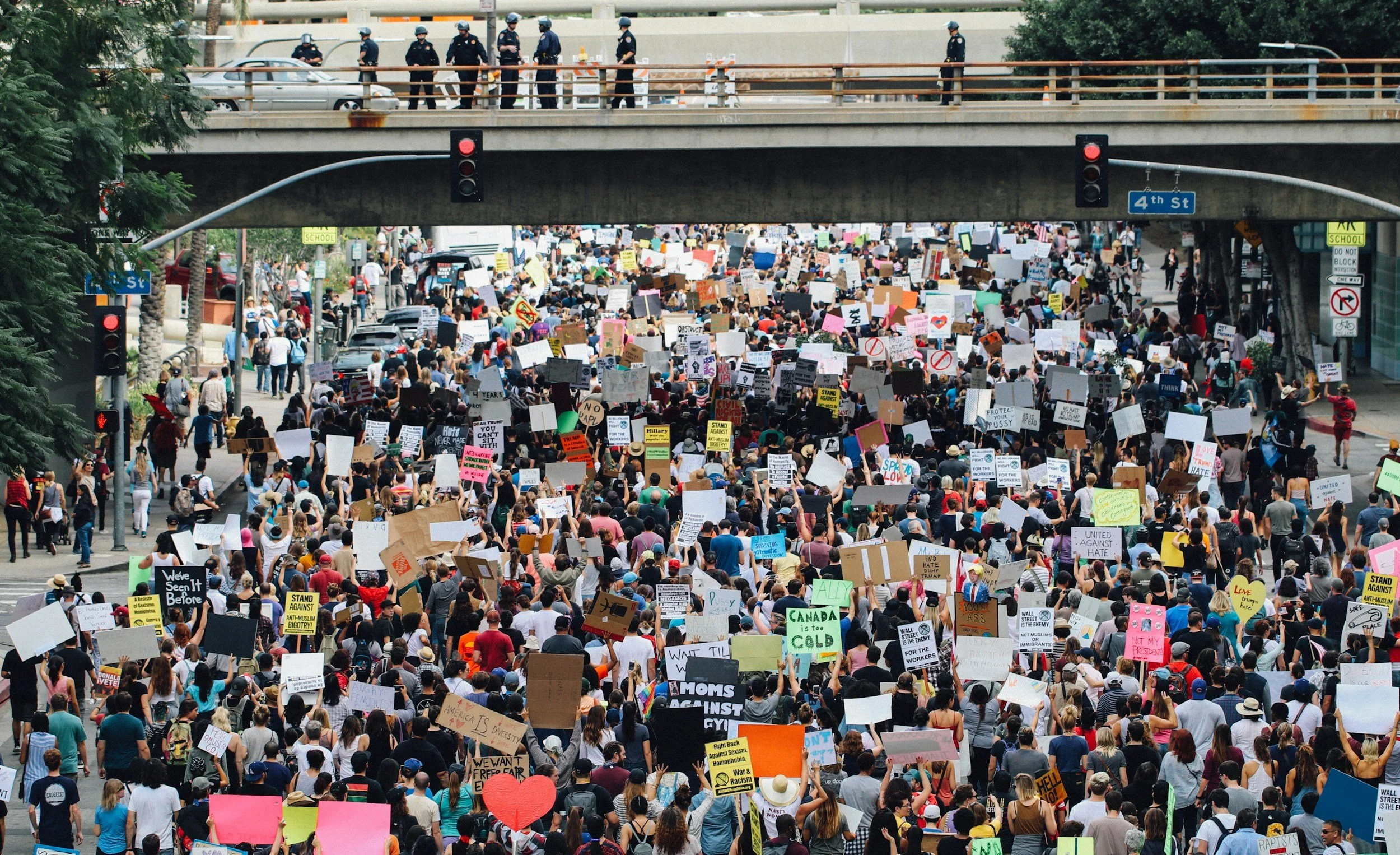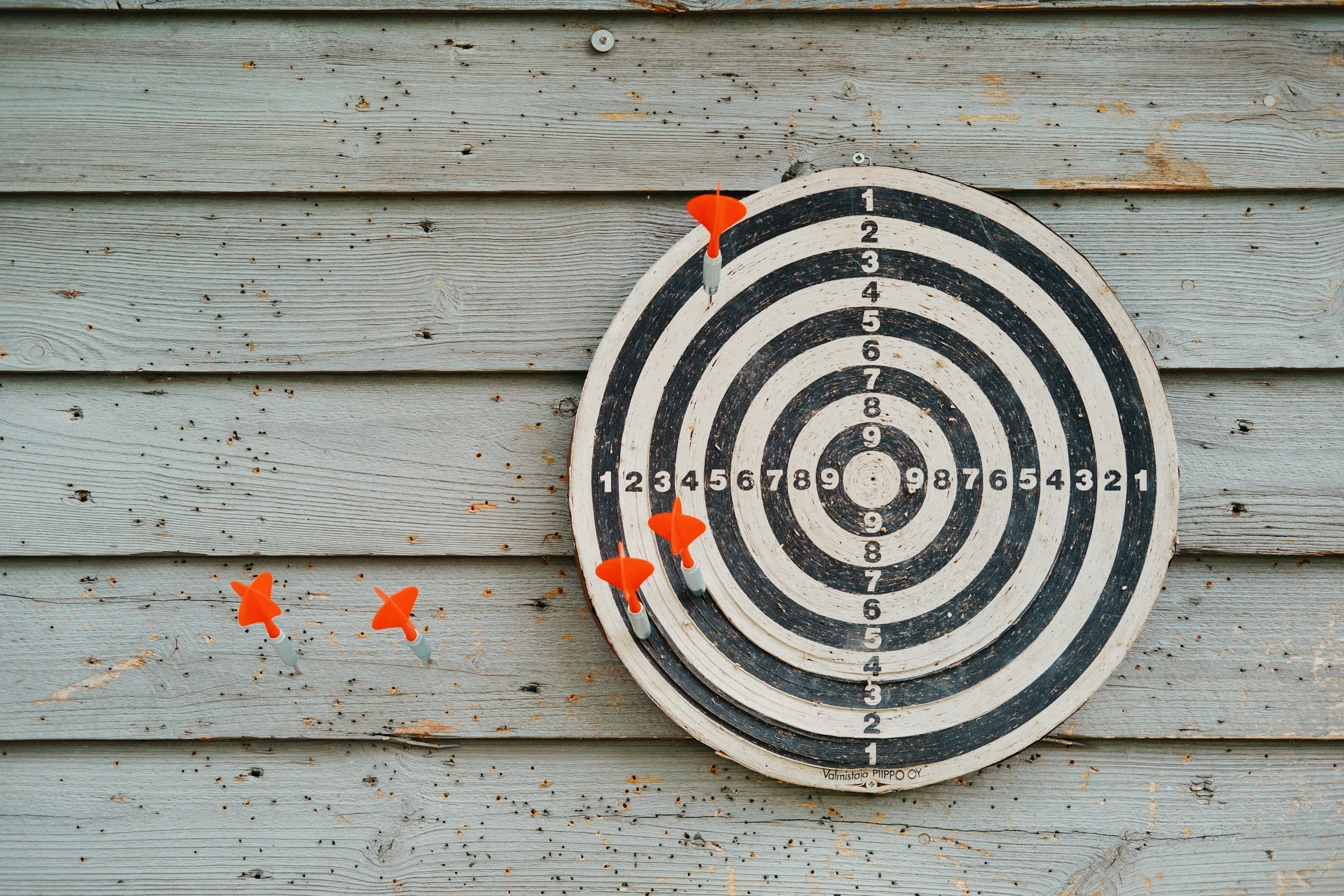Theory of Change
The Core Problem
The peace field lacks a unified theory of change.
Thousands of organizations pursue peace through different interventions—mediation, education, trauma healing, economic development, disarmament—but no framework shows how these connect.
Each organization has its own theory of change, but there's no theory of change for peace itself.
This is why billions in funding produce fragmented results. It's why local successes don't scale.
It's why progress remains reversible.
IGP's Contribution
We don't implement peace programs.
We develop the overarching theory of change that shows how all peace programs contribute to peace.
Our sentience-based framework maps the complete global causal chain:
Which activities produce which outputs
How those outputs create specific peace conditions
How those conditions combine to constitute peace
How local interventions scale to global impact
This isn't another theory of change. It's THE theory of change for the entire field of global peace work—the framework that shows how everyone's work fits together.
How Transformation Happens:
We provide the framework → Organizations see where they fit → Natural coordination emerges → Efforts compound → Peace becomes measurable → Lasting change becomes possible
This isn't top-down coordination.
When organizations understand how their specific outputs contribute to shared outcomes, they naturally:
-

Identify gaps and overlaps in the field
-

Form strategic partnerships
-

Align their metrics
-

Build on each other's work
-

Measure collective progress
Our Transformation Pathway
-

Phase 1: Conceptual Infrastructure
We develop the sentience-based framework that defines peace and its component conditions through rigorous research and cross-cultural validation.
-

Phase 2: Organizational Clarity
Peace organizations use our framework to understand exactly where their work fits in the larger architecture of peace—how their specific outputs contribute to shared outcomes.
-

Phase 3: Natural Coordination
When organizations see how their efforts connect, coordination emerges naturally. Groups addressing trauma recognize their link to those building economic systems. Educators see how their work enables what mediators do.
-

Phase 4: Cumulative Progress
Instead of duplicated or contradictory efforts, interventions build on each other. Progress in one area strengthens work in another. The field moves from fragmentation to symphony.
-

Phase 5: Measurable Peace
With clear definitions of peace conditions, we can finally measure real progress—not just reduction in violence but active cultivation of flourishing.
The GPS Analogy
Before GPS, travellers moved in isolation. GPS didn't coordinate them—it provided the common reference system that let them coordinate themselves. The Institute for Global Peacecraft is building the GPS for peace work. We don't direct traffic; we provide the conceptual infrastructure, the map, that lets everyone navigate effectively.
What Success Looks Like
Organizations articulate clearer theories of change using shared language
Previously isolated peace-related sectors discover their interdependence
Funders allocate resources based on systemic understanding
Local interventions consciously contribute to global conditions
The field measures progress toward peace, not just away from violence
Why This Approach
Adding another implementation organization wouldn't address the structural problem.
The field doesn't need more players—it needs the infrastructure that lets everyone play in harmony.
IGP provides that infrastructure.






